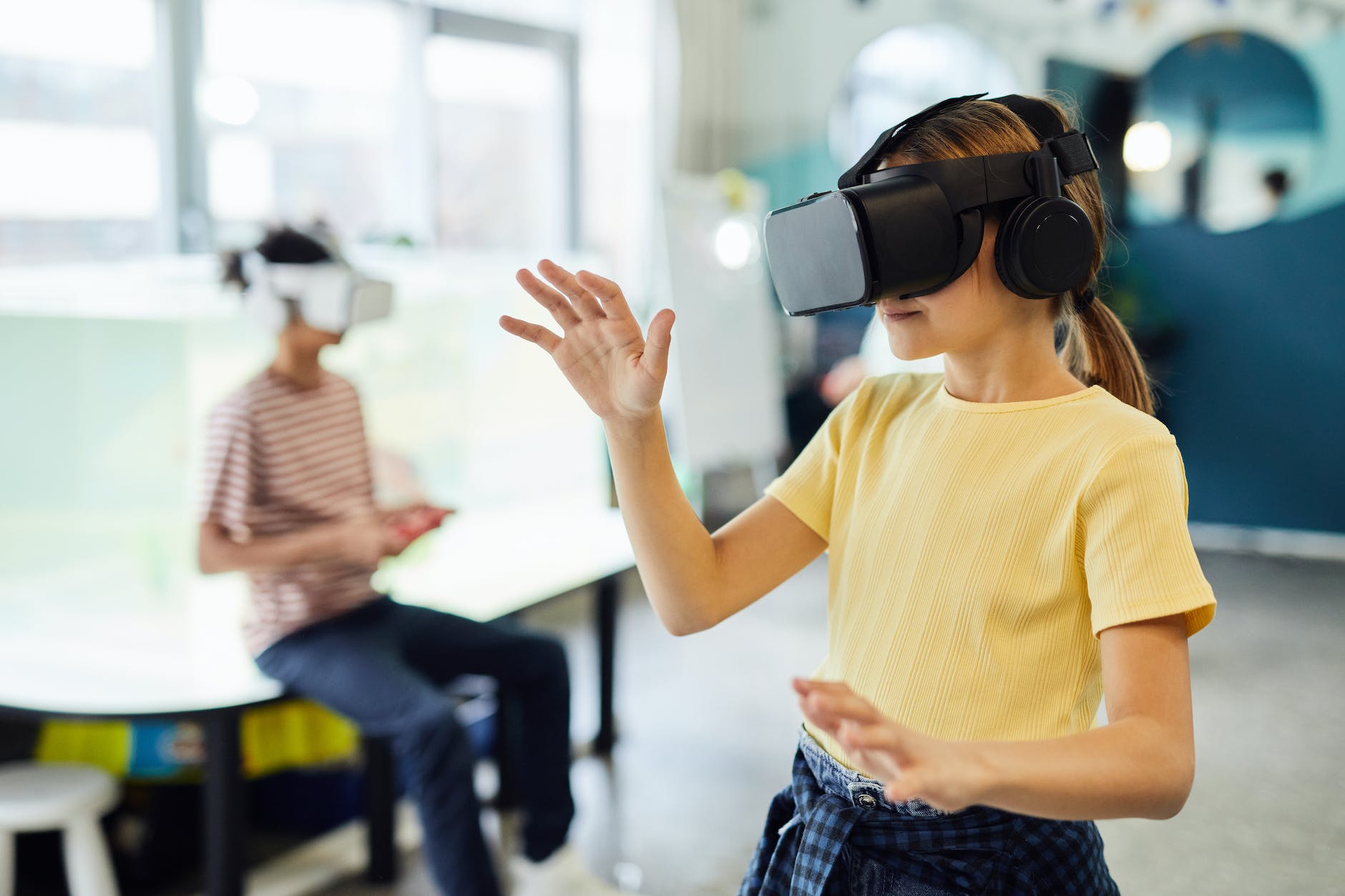Art has been a critical psychological outlet for humanity since the prehistoric age, with works shaped by individual experiences and societal impressions. However, some artists have found, in their creative journeys, inspiration from unconventional sources, notably psychedelic substances such as DMT, mescaline, and psilocybin. The exploration of these potent substances, with the power to usher us into altered states of consciousness, has resulted in distinct and extraordinary works that might not have been conceived in regular states of mind.
A connection between substances that stimulate expanded perception and artistic inspiration has been the subject of much psychedelic research. This relationship dates back to the shamanic origins where people used plants rich in DMT and mescaline for healing and spiritual purposes, and their experiences were often depicted in cave paintings and carvings.
Arguably, these altered states of consciousness offer an unfiltered channel to the subconscious, enabling an artist’s palette to acquire an enriched spectrum of illustrative aptitudes. The effect of psychedelics like DMT (Dimethyltryptamine), mescaline, and psilocybin on the brain is believed to enhance creativity and promote novel associations, often leading to artistic breakthroughs.
Artists like Alex Grey, Ernst Fuchs, and Robert Venosa extensively explored the realm of psychedelic substances, resulting in creations that boggle the viewer’s sense of reality and invite them to venture deeper. Their works, characterized by abstract designs, intricate patterns, and rich color schemes, stand as compelling testimonials to the stimulus psychedelics provide for creative exploration.
Pioneering pop artist Peter Max’s vibrantly colorful works vividly illustrated the essence of the psychedelic era, and he openly accredited his stylistic transformation to his experiences with LSD. Likewise, the surrealist painter Salvador Dali, though not reported to use psychedelic substances, produced works reminiscent of a psychedelic experience, suggesting his connections to expanded perceptions.
In the field of music too, the Beatles’ transformation from their early days of ‘She Loves You’ to their later psychedelic phase of ‘Lucy in the Sky with Diamonds’ bears testament to the potential influence of psychedelic experiences on artistic output.
Psychedelics are believed to induce a state of heightened imagination, dissolving the boundaries between the self and everything around it. In these states, artists are thought to have a more fluid thought process, enabling their mind to freely weave through ideas, thereby increasing their propensity for creativity. Artists often reveal that these experiences provide them with profound insights, enabling them to imagine and create in ways they previously couldn’t.
However, the interplay between psychedelics and creativity isn’t a cut-dry relationship. Are only creatives inclined to psychedelics, or do these substances inherently increase creativity? It’s difficult to say definitively due to the subjective nature of creative expressions, not to mention the scientific and ethical limitations surrounding psychedelic research.
While the use of substances to explore creativity may yield individual results, it also carries significant risks, ranging from addiction to harmful physiological effects. It is critical to emphasize that the consumption of these psychedelic substances is illegal in many parts of the world and should be approached with caution.
In conclusion, the impact of psychedelic substances on art presents a fascinating and complex relationship. Experiences induced by DMT, mescaline, and psilocybin have fueled a breadth of artistic inspiration, opening up unparalleled channels for creative exploration and expression, birthing masterpieces that continue to intrigue us to this day. However, the quest for inspiration must also be met with awareness and responsibility, acknowledging the potential risks and harm these substances can inflict.





